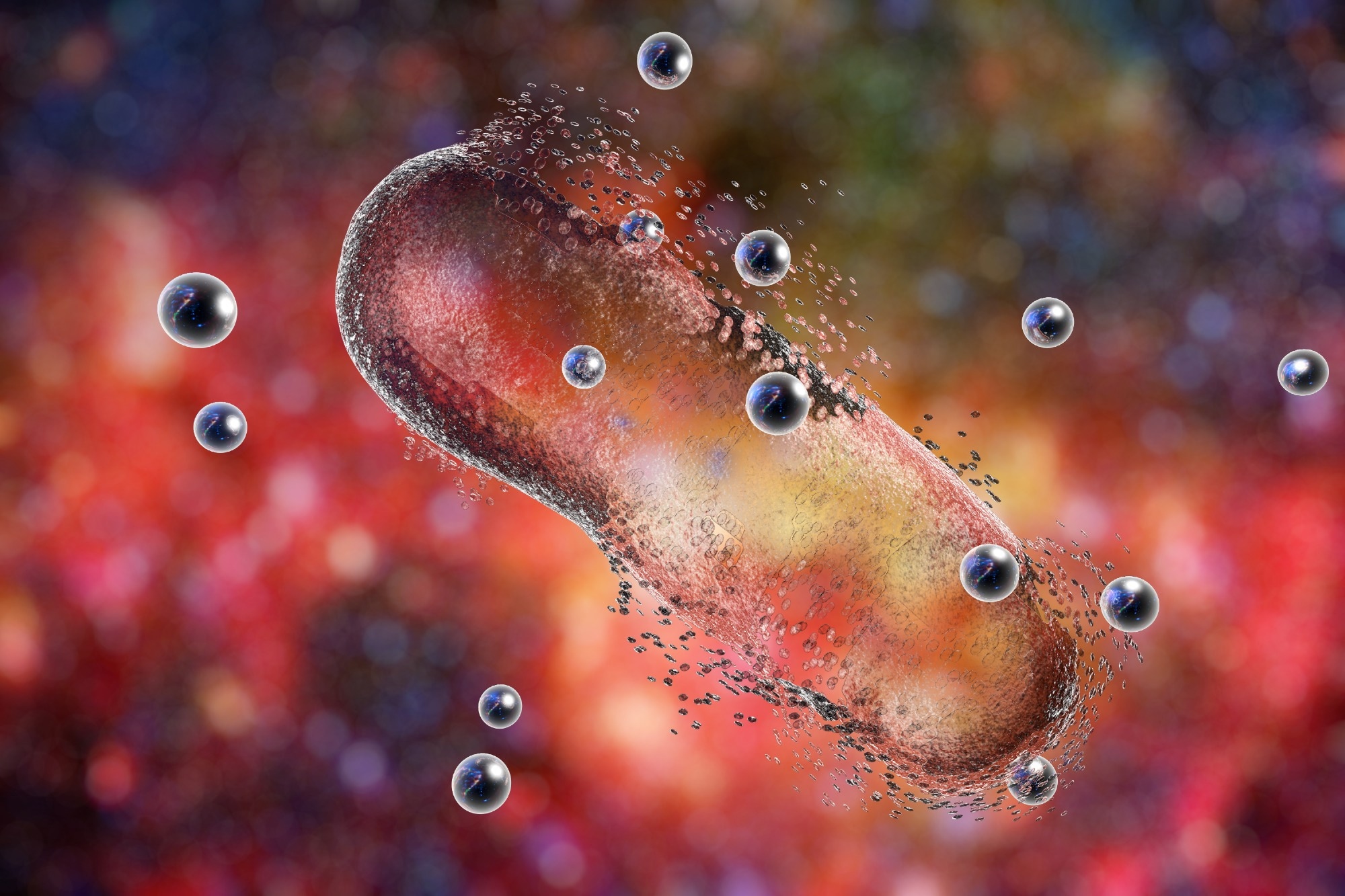In a recent article published in Scientific Reports, researchers investigated the potential of chitosan-coated probiotic nanoparticles (CSP NPs) as a novel approach to counteract the adverse effects of acrylamide in a Drosophila model. The research aims to explore the efficacy of these nanoparticles in enhancing the survival and behavioral parameters of fruit flies exposed to acrylamide, thereby providing insights into the protective mechanisms of synbiotic formulations.

Image Credit: Kateryna Kon/Shutterstock.com
Background
Probiotics are live microorganisms that confer health benefits to the host, particularly in maintaining gut health. However, their effectiveness can be compromised by environmental factors, including gastrointestinal (GI) conditions. The integration of prebiotics with probiotics, known as synbiotics, can enhance the viability and functionality of probiotics.
Chitosan, a biopolymer derived from chitin, has gained attention for its ability to encapsulate probiotics, thereby enhancing their stability and bioavailability. This study underscores the necessity for innovative formulations capable of enduring harsh gastrointestinal environments while providing health benefits.
The researchers highlight the distinctive features of their CSP NPs, including their nanoscale size, single-strain formulation, and robust prebiotic coating, which set them apart from existing commercial products.
The Current Study
The researchers adopted a systematic approach to synthesize and characterize chitosan-coated probiotic nanoparticles using low molecular weight chitosan to encapsulate probiotic strains.
The size and morphology of the nanoparticles were analyzed using Transmission Electron Microscopy (TEM), where the nanoparticles were suspended in distilled water and coated on copper grids for imaging. Fourier Transform Infrared Spectroscopy (FTIR) was performed in ATR mode to verify nanoparticle purity, covering a range between 4000 and 400 cm⁻¹.
The surface charge and particle size of the CSP NPs were measured using a Zeta Sizer. Dynamic light scattering was used to determine the hydrodynamic diameter, reflecting particle size distribution, while zeta potential measurements were taken to assess surface charge, crucial for nanoparticle stability in suspension.
For biological assessment, the CSP NPs were administered orally to Drosophila melanogaster, a model organism used to study acrylamide toxicity. The flies were exposed to acrylamide to simulate environmental and foodborne toxin exposure. Behavioral parameters and survival rates were monitored to evaluate the protective effects of the CSP NPs against acrylamide-induced toxicity.
Results and Discussion
The results showed that CSP NPs significantly improved the survival rates of Drosophila exposed to acrylamide. Behavioral assays revealed that flies treated with CSP NPs displayed enhanced locomotor activity compared to those exposed only to acrylamide, indicating that chitosan-coated probiotics not only mitigate the toxic effects of acrylamide but also contribute to the overall well-being of the flies.
Characterization of the nanoparticles indicated a uniform size distribution with an average diameter suitable for effective gastrointestinal delivery. Zeta potential measurements confirmed a stable suspension, which is essential for maintaining probiotic viability during transit through the GI tract. FTIR analysis verified the successful encapsulation of probiotics within the chitosan matrix, ensuring their protection against environmental stressors.
The study also explored the potential mechanisms by which CSP NPs provide protection. The authors suggest that these probiotics may enhance gut barrier function, modulate immune responses, and produce metabolites that neutralize the toxic effects of acrylamide. These findings are consistent with existing research supporting the role of probiotics in detoxifying harmful compounds and promoting gut health.
Additionally, the research emphasizes the value of using Drosophila as a model organism for preliminary assessments of probiotic efficacy. The fruit fly model provides a cost-effective and efficient platform for studying complex biological interactions and the impact of dietary components on health. The results of this study lay the groundwork for further exploration of the protective mechanisms of synbiotic formulations in more complex model systems.
Conclusion
This study provides evidence that chitosan-coated probiotic nanoparticles effectively mitigate the toxic effects of acrylamide in a Drosophila model. The innovative formulation demonstrates enhanced stability, viability, and protective effects, positioning it as a promising candidate for future applications in food safety and health promotion.
The findings highlight the potential of synbiotic formulations to address the challenges posed by foodborne toxins and highlight the need for further research into their mechanisms of action. Future studies should focus on sequencing strains and conducting colonization studies in more complex model systems to validate the protective effects observed in this research.
Ultimately, the integration of probiotics and prebiotics through nanoencapsulation could lead to novel strategies for improving gut health and reducing the risks associated with dietary toxins.
More from AZoNano: Mitigating Graphene Toxicity: New Approaches for Drug Delivery
Journal Reference
Kumar, SS., Mohideen, SS. (2024). Chitosan-coated probiotic nanoparticles mitigate acrylamide-induced toxicity in the Drosophila model. Scientific Reports. DOI: 10.1038/s41598-024-72200-w, https://www.nature.com/articles/s41598-024-72200-w